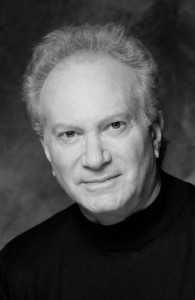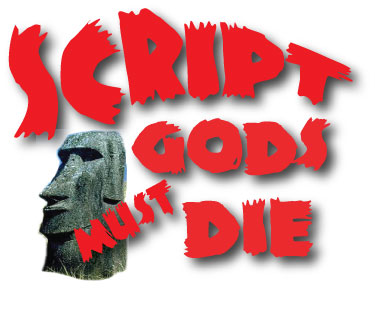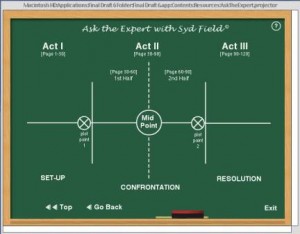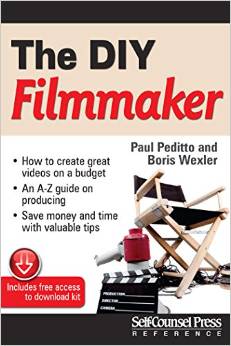“I never get to . . . the index cards. I’ve never done that. I should, probably. I start with theme and character and, sometimes, ideas for scenes and dialogue, and I get a sense thematically of what I want to explore and accomplish. Basically I’m too immature to actually work it all out in my head before I start for some reason. So I actually start and just let the screenplay sort of guide me as to where it’s going. Sometimes I hit walls, and then I go back and I start from the beginning, because I always find that wall has been built because something hasn’t been seeded correctly, something hasn’t been developed. . . . I also find that by approaching writing that way as opposed to outlining, you come up with incredibly original work, because you’re not using formulas and you’re not mapping out plot lines that can’t help but be sourced from a million movies you’ve seen.”
–Richard LaGravenese
“Although knowledge of structure is helpful, real creativity comes from leaps of faith in which you jump to something illogical. But those leaps form the memorable moments in movies.”
Francis Ford Coppola
THE SYD FIELD QUESTION:
Let’s talk about the original Script God…Syd Field .
.
Syd the Empire, the mindset.
Syd, God Of Structure.
With his book Screenplay, and the ensuing books—how many does he have now?—he has built a dynasty updating Greek 3-act structure, adapting it for the world of screenplays. Old School as Greece itself, he calls this invention: The Paradigm.
It involves a “card” system whereby each scene is put on a 3 X 5 index card. Scenes are examined for necessity. Essential scenes are kept, non-essential scenes tossed. This is also called outlining.
You will need to make a choice about outlining. This is a process choice. Syd would have you believe there is no choice: You must outline. You must know the ending to your movie before you begin.
Let me repeat that. In the World According To Syd, you must know the ending of your movie before you begin.
This is 100%, fat-free, BS.
You’d never know it, but I began with the Syd Field method. Most of my screenplays were written after outlining every scene on 3 X 5 index cards. I would lay them out on the table, and then spend a day or two pouring over them. Today with Final Draft, the outlining process is simpler. The software creates “cards” for you (when you type in a slugline, it creates a “card.” All you need do (for Final Draft) is go to Scene Navigator. You’ll get a page that looks like this:
Let’s be clear: I don’t have a problem with Syd as Cottage Industry. The problem is his inflexibility. His system dictates that there is only one way to write a movie. And that, Good Reader, is loco.
You think Fellini worried about Plot Points? Did Altman—Cassavetes—Wells—Coppola—Kurosawa agonize over hitting marks in 3-act structure?
“Inciting Incident, Plot Point 1, Midpoint, Plot Point 2”…
The “45 & 75 page complication”…
The “Awakening” and “Call To Action”, the “Push To The Breaking Point” and “Fall From Grace” and “Transformational Moment”…
So many systems, so little time. Doesn’t your head swim with these systems? It should. This is just Script Gods selling books.
Am I saying forget about page count? Hand in however many pages it takes to speak you mind? Absolutely not. A novel can be 300 pages or 600 pages. A screenplay cannot. Hand in a 150 page spec (speculation) script and the powers-that-be will weigh it, check the back page, see it’s 150 pages, and likely put it with the other paperweights, right in the recycle bin.
Structure is important. But over-conceptualization isn’t needed. Just common sense.Don’t be paralyzed by structural systems. Don’t over-think this stuff!
Tell a great story that producers will buy and people will want to see.


